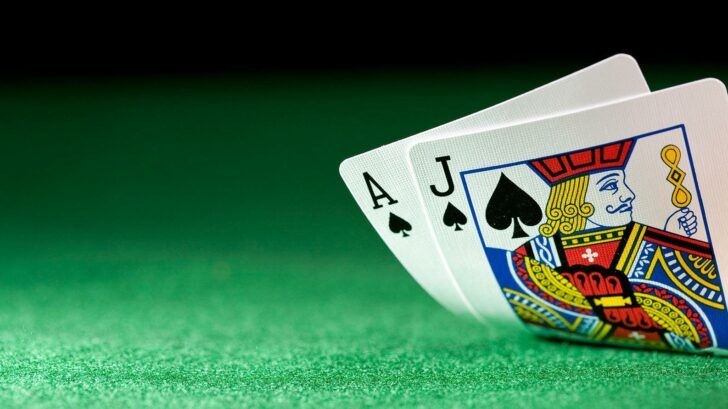How to Become an Expert at Card Counting: Learn to Use a Betting Spread

Becoming a professional blackjack player means more than learning to count cards. That skill is useless if you don’t how to use a betting spread properly.
Becoming a professional blackjack player by definition involves learning how to use a card counting system. It’s the only way to consistently tip the edge in your favor. Learning to count requires painstaking effort, mastering skills like visual recognition, converting a true count into a running count, and maintaining concentration in a distracting casino environment.
The mechanics of counting itself are absolutely instrumental to becoming a successful advantage player. But they aren’t enough. You need to know more than how to keep a true count, you need to know how to use it to your advantage. That means mastering some skills additional to counting itself.
This piece is the first part of a two part series on how to master card counting. First, we’ll learn how to use a “betting spread,” the difference in bet size from when the count is low to when it’s high.
Blackjack betting is just as important as counting itself, because running a count without varying your betting behavior is like moving the lawn with the lawnmower turned off. This will tell you when to bet more, and how much to bet.
How do you determine your effective range?
The whole point of a card counting system is to recognize when the odds are in your favor and then put as much money on the table as possible, much more than you would wager under normal circumstances.
The spread between your minimum and maximum bets is referred to as your “effective range.” In most cases the lower bound of that range will be the table minimum, somewhere between $10 and $25 at most tables. If you’re serious about making money at blackjack, however, you may want to play at higher stakes tables.
The higher bound of the effective range is a more difficult thing to determine. It depends first of all on the table maximum. At most casinos the maximum is 100 times the minimum, so at a $10 minimum table you can max out at $1,000, although you would need a massive bankroll for that to be advisable.
And that brings us to the next factor in determining the upper bound of your effective range: the size of your bankroll. You should never risk a significant portion of your finances on a single hand of blackjack, in fact many experts recommend that you never wager more than 5 percent of your bankroll per hand.
At the end of the day, the effective range is the amount of money that you’re comfortable betting on a single hand. Only you can decide that. Although we think a good rule of thumb is to set your max bet at 10 times your minimum. If you’re playing at a $20 minimum table, be prepared to wager $200 on a hand when the count is high, provided that your bankroll can support it.
How to maneuver within the effective range for blackjack betting
Once you’ve determined a range, you should make sure that bet size correlates with the count. Each number in the count 0-10 should refer to a specific dollar amount. Let’s say that your range is $20-100, so divided by ten each number in the count corresponds to $20.
Use the following system:
| Count | Bet Size |
| 0 | $20 |
| 1 | $20 |
| 2 | $40 |
| 3 | $60 |
| 4 | $80 |
| 5 | $100 |
| 6 | $120 |
| 7 | $140 |
| 8 | $160 |
| 9 | $180 |
| 10 | $200 |
Following this mathematical system is a strategy for winning at blackjack because you’ll be putting more money on the table in equal correlation to the edge moving in your favor.
Some things to note are that your chances of winning really heat up when the count reaches 7 and up. That’s when money should be on the table, but you shouldn’t bet more than this system determines. Make your maximum bet only when the count is at ten.
When the count is under 7 you want to bet less than this system would indicate. There are two reasons for that. The first is that the odds are not tremendously in your favor until the count gets to 7 or higher, and the second reason is that you don’t want to increase your bet mechanically. That can be a dead giveaway that you’re counting cards.
Next lesson: how to disguise the fact that you’re using a card counting system
The next step to improving your blackjack strategy skills is learning how to mask your behavior so as not to tip off the dealer or pit boss. That lesson deserves a separate article, but the point is to use a disciplined betting pattern while making it appear to the dealer that you aren’t using a pattern at all. Increasing your wager by $10 or $20 every so often, or worse, jumping from $10 to $100 without a moment’s warning is a dead giveaway that you’re counting.
~ For detailed advice on how to count cards without getting caught click here ~




